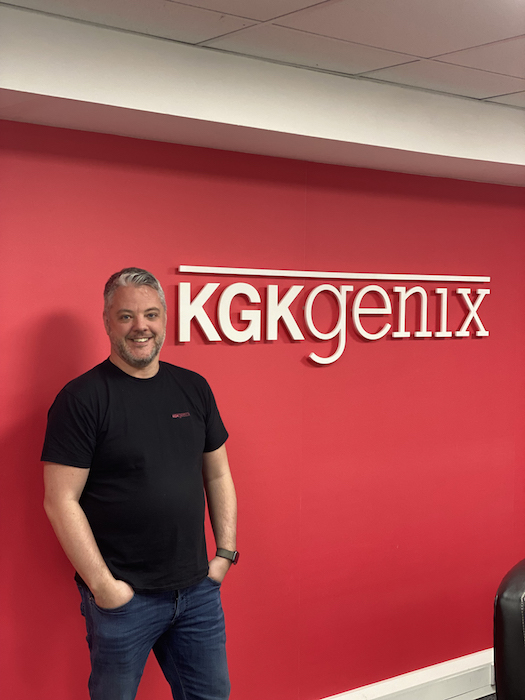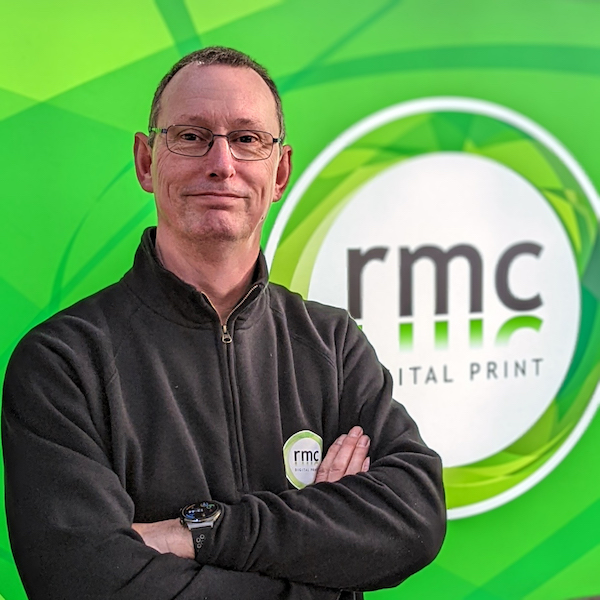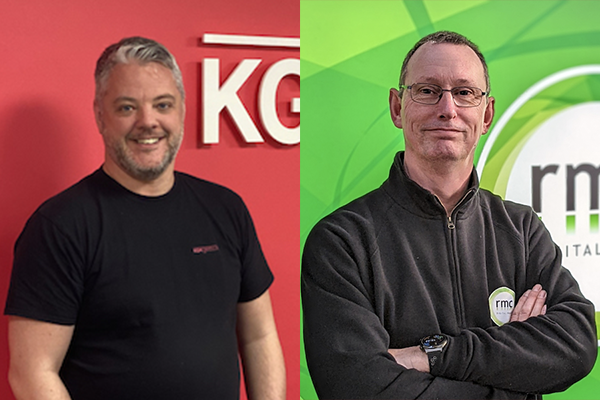What do PSPs still want in terms of technical development within the wide-format print sector? Here’s the grassroots response to the question.
Remember the song lyric ‘Ev’rythin’s up to date in Kansas City. They’ve gone about as far as they can go!’ from the musical Oklahoma? Maybe not, but it came to mind while talking to print chiefs for this article and posing the question ‘What technical developments do you want to see?’ ahead of the major 2022 trade shows. Now I’m not saying there aren’t still issues to be overcome, as you’ll read from the responses below, but the overarching message was that the now well established large-format sector is pretty happy with what it’s got, and from here on in it’s just about tweaking this and that. Agree?
Many of those PSPs contacted for this article were stumped to highlight specific ‘wants’. Andy Wilson, MD at PressOn, admitted that the “the only thing I can think of is some sort of inline coating for materials, or at least a more convenient way of lamination be it film or liquid.”
Of those with more on their wishlist, Macroart MD Michael Green flags up “further developments in water-based inks in the roll-to-roll sector, and more sustainable self-adhesive vinyl products.”
Another technical development he would like to see - albeit one not specific to this sector - is “a better range on electric vans and trucks as the current best is 70 miles,” And, continuing the ‘green’ theme, he points out that “a big expansion is needed in the UK re cycling infrastructure - so much still goes waste to energy due to lack of capacity.”

Graham Pitts, KGK Genix, has workflow developments in his sights.
KGK Genix director Graham Pitts is also eager to see an improvement in recyclability. “This industry is inherently throw away, so it’s great that manufacturers are releasing more and more recyclable and/or sustainable materials for us to print on. However, there are very few - if any - UK recycling sites that can take the materials once they have been used. I’d love to see a massive development into the whole recyclable chain so that we can offer a full closed loop for every graphic produced.”
Workflow solutions also require development according to Pitts. “I’d like to see a meaningful workflow system that fully integrates production scheduling and that gets updated live as and when jobs are booked in and completed. There are systems out there but none of them that I have seen do a very good job,” he says.
“To be a bit more specific, we currently we use Optimus for our MIS information. This does a great job in handling our quoting system, job sheets, stock and purchasing, invoicing and financial management information. However, we use a separate software for our CRM information, which logs calls, call back requests, meetings and new opportunities. There is a fair amount of duplication in entering in the customer information/enquiry into both the CRM and our MIS system. If the CRM and MIS programmers could talk to each other that would be very worthwhile as duplication wastes time and is a barrier to staff entering the information.
“In addition, we manually track our jobs through production via interactive online spreadsheets and then our production managers manually schedule and allocate time for each and every job. This is a long process, and one that changes minute by minute. I’ve seen scheduling tools in the past but none have been close to fulfilling the task in a quick and easy way.
“Given that nearly everyone in production is only a few metres away from a computer it would be fantastic to be able to log in and out of a job and have a live track and trace job flow. The amount of paperwork produced in order to complete a job could also be eliminated if everything were to be interactive and online.
“Ultimately, being more streamlined from a workflow integration point of view would save time, money, potential reduce waste and eliminate the paper printouts required in order to produce a job.”

Ray Linford, RMC, wants to see various software developments.
Software development is a focus for RMC’s Ray Linford too. He has a number of issues he’d like to see resolved. Firstly, he says “constant revisions of printer software to bug fix sometimes causes more issues than it resolves in relation to lost prints or printer malfunction. The revisions need to be tested extensively at factory applications before being shipped to customer for upgrading.”
Linford would also like to see more printer self-monitoring, “with error reporting back to technical support for faster onsite fixing if software-based, or parts ordering for an engineer visit - especially where semi-skilled operators are working a 24/7 shift system.”
His other asks include “better printhead monitoring, with alerts to show the printhead is starting to show signs of failure while under stress. This is applicable to multilayer printing, when only a section of the printhead is being used, compared to single strike printing when it is evenly stressed.”
It’ll be interesting to see where research and development takes us - and whether the wares shown at this year’s trade fairs fulfil the sector’s requests.


